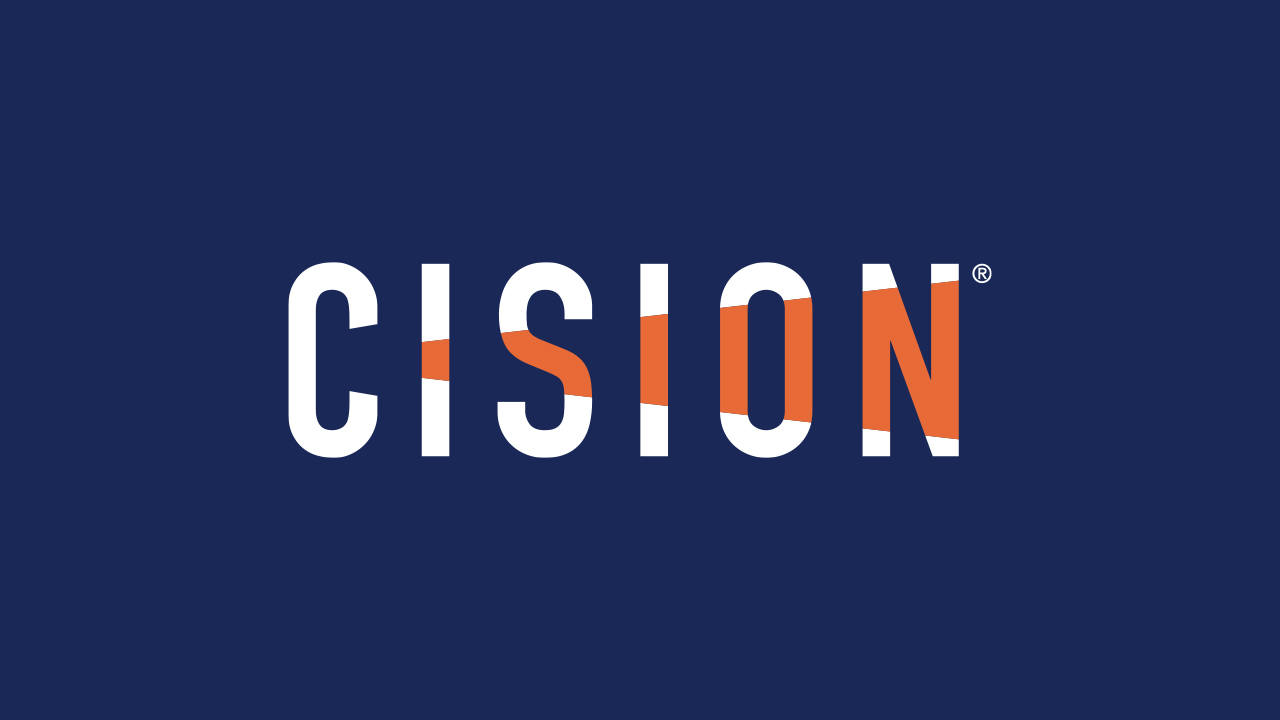While the future has always been uncertain, the events of the last few years have only underscored just how quickly and severely even the best-laid out plans can be upended. Today, we face a multitude of uncertainties due to the ongoing pandemic, the war in the Ukraine, supply chain issues, a labor shortage, an energy crisis, inflation and a looming recession.
For PR and communications professionals, the challenge lies in creating proactive messaging strategies that enable them to respond quickly but thoughtfully to stakeholder needs, concerns and expectations.
To help meet this challenge, Cision recently hosted a panel of internal analysts and sector experts from our Insights Team for “Communicating in Times of Uncertainty.” During the webinar, our analysts discussed how the current economic situation is affecting five top industries – Automotive, Retail, Finance, Travel and Technology – and the implications for brands. They then looked at what communicators can do to stay agile amid a volatile market and changing consumer behaviors and work to build trust, maintain loyalty and instill confidence in consumers and other key stakeholders.
Below is a brief overview of the discussion, along with some key takeaways and lessons for communications professionals.
Challenges and opportunities for five major industries
Changing consumer behaviors have had a major impact on the industries below. Here is a brief overview at just a few of those implications.
- Trends in Automotive: “Inventory issues due to the pandemic, as well as supply chain disturbance and semi-conductor shortages, have set off a chain reaction leading to low product level, with high demand and increased price points,” says Alison Randolf, Insights Director for the Automotive sector at Cision. To adapt to the changing consumer behaviors and needs, many auto brands are now offering more accessible services, such as online dealerships, subscription car sharing services and direct-to-consumer purchase options.
- Trends in Retail: “Despite the volatility over the last two years, the anticipated decrease in consumer spending has not happened within retail – yet,” says Brittany Souder, Insights Director for the Retail sector. What has changed, however, is what consumers are spending their money on. High inflation has driven up costs, reduced margins and forcing consumers to prioritize needed items like household supplies over discretionary items like big screen TVs. As a result, many brands have also started offering loyalty programs or subscription programs that offer “exclusive” perks to members, like free shipping or access to streaming services.
- Trends Finance: Within finance, investment managers see clients and investors continuing to cautiously weigh risk and returns amid the bear market. Fuel shortages have been a major disrupter of late, causing the price of energy (natural gas, coal) to skyrocket, which has also affected investor decisions. Financial topics have shifted more toward risk management as investors seek value in the market, and asset managers are under increasing pressure to demonstrate value and maintain strong returns for clients.
- Trends in Tech: Among the challenges the technology industry is facing: a volatile exchange rate, limited infrastructure growth, shrinking margins due to inflation, production and supply limitations policy/regulation changes, labor cost and underlying productivity concerns. “Big Tech needs to be very present in today’s challenges, not just talked about,” says Blake Baker, Insights Director for the Technology sector. Baker says brands have been responding by investing more in skilling developers; enhancing security initiatives, Cloud infrastructures, and AI; and enabling a remarkably larger remote workforce.
- Trends in Travel: In addition to the economic factors impacting other consumer-focused sectors, fluctuating demand, staffing shortages, and shifting guidance on public health policies has negatively impacted consumer experience and satisfaction in the travel industry. In response to consumer demands and complaints, travel industry brands have been investing in efforts to improve the customer experience by investing in more efforts to safeguard customer and employee health, offering incentives for customers and introducing new tech solutions to take the stress and hassle out of travel.
Implications for Communicators: 4 Lessons and Takeaways
Below are just a few of the lessons our panel of experts provided, which comms professionals across all industries can apply to their strategies.
1. Be proactive with your messaging. “Being proactive in addressing consumer complaints – through a combination of close monitoring of trends on social media and consumer forums and having a nimble communications team – has been essential for helping companies protect their reputation and shape the conversation around their services,” says Zitta. In addition to monitoring trends to anticipate the need for communication, make sure you are utilizing all resources at your disposal – from distributing press releases to media outreach to social media campaigns – to spread your message.
2. Use executive leadership in communications to build credibility and trust. In times of uncertainty, providing high quality thought leadership helps demonstrate your brand’s market expertise and build consumer trust, our experts say. Use leaders from across your organization – not just your CEO – to increase your chances of visibility across a broader range of media.
3. Transparency is key. If you are encountering challenges that are affecting your stakeholders, your stakeholders are more likely to understand and empathize if you are honest and up front with them; otherwise, they may feel like you are hiding something. In addition to addressing the who, what, when, where, and why of the matter, make sure you are communicating what your brand is doing to resolve the issue – and how you are working to prevent it from happening again.
4. Know your starting place. Keeping an eye on how audiences are talking about your brand, industry and competitors – through regular measurement and analysis – is key to “reading the room” and understanding if your messages are having the desired impact (or if and how you need to adjust your message). More importantly, staying ahead of the conversation enables you to be agile, thoughtful and responsive in your communications. Thus, establishing an ongoing media measurement and analysis program is critical to effective communications during times of uncertainty.








